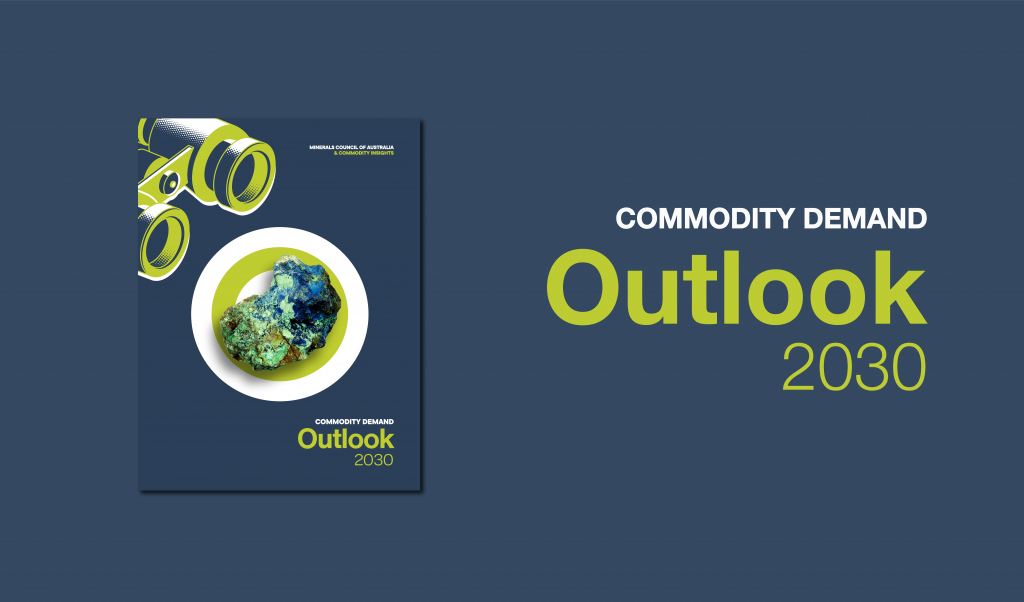
Australia to meet growing global commodity demand
Australian commodities are in a strong position for future success by meeting growing global demand for commodities to power growth, energy generation and decarbonisation.
Incorporating our analysis and forecasts for key minerals and energy commodities, the Minerals Council of Australia (MCA) published the Commodity Demand Outlook 2030 that considers how global demand trends will shape opportunities for Australia as a major potential supplier in the next decade.
Technology-led productivity growth, coupled with rising urbanisation rates, will increase demand for steel – made with iron ore and metallurgical coal – and zinc and copper for housing, factories, city and transport infrastructure.
Rising incomes and demand for electricity and appliances will underpin demand for aluminium, while the continued proliferation of electronics and circuits will see increasing demand for rare earth metals. And the technology to drive the accelerating transformation to zero emissions energy will need more uranium, lithium, copper and nickel.
Some of the forecasts from the report include:
- Iron ore: Seaborne iron ore demand to rise moderately, from 1504 million tonnes (Mt) in 2019 to 1616 Mt in 2030
- Metallurgical coal: Seaborne metallurgical coal to rise steadily, from 295 Mt in 2019 to 365 Mt in 2030
- Aluminium: Primary aluminium demand to rise sharply by 45.5 per cent, from 65.1 Mt in 2019 to 94.7 Mt by 2030
- Zinc: World zinc consumption to rise gradually, from 13.7 Mt in 2019 to 15.3 Mt in 2030
- Copper: Global demand for refined copper to rise steadily from 23.5 Mt in 2019 to 31.1 Mt in 2030
- Nickel: Nickel demand to rise sharply by 67 per cent from 2.4 Mt in 2019 to 3.9 Mt in 2030
- Rare earth elements: Demand for neodymium to rise from 31 kilotonnes (kt) in 2020 to between 54 kt and 66 kt in 2030
- Lithium: Demand to rise rapidly, from 313 kt of lithium carbonate equivalent in 2019 to 1,465 kt by 2030
- Thermal coal: Demand for imported coal to increase 23.5 per cent, from 947 Mt in 2019 to 1170 Mt in 2030
- Uranium: Global uranium demand to rise steadily, from 79.7 kt in 2019 to 99.5 kt in 2030.
